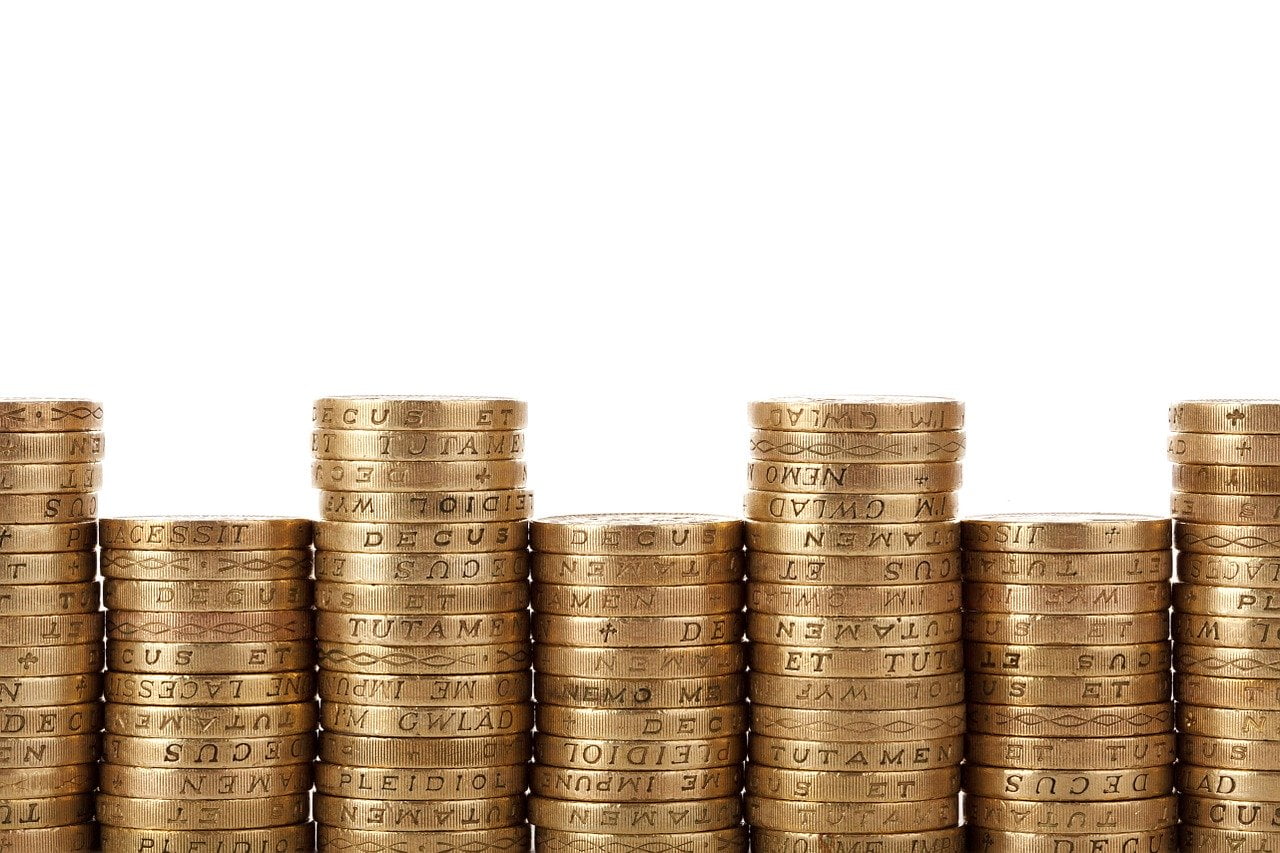The Federal Reserve has rolled out unprecedented stimulus in a staggeringly short amount of time, which could result in a currency crisis that pushes gold to $10,000 an ounce. Daniel Oliver of Myrmikan Capital argued in a note this week that all that stimulus could end up doing very little for the working and middle class and small businesses.
Q1 2020 hedge fund letters, conferences and more
Dramatic Fed moves
He pointed out that when the Fed rolled out stimulus for the 2008 financial crisis, the actions were taken over the course of 18 months. However, this time around, the central bank pushed out unprecedented levels of stimulus in only eight days. The Fed slashed the federal funds rate to 0%, reestablished several 2008-era programs, and established several new facilities to support money market funds and corporate debt.
In addition to the Fed's moves, Congress also passed its own stimulus bill, the $2 trillion CARES Act, which provides up to $1,200 per adult and $500 per child up to age 16. The CARES act also includes $350 billion in loans for small businesses and $500 billion in loans to big corporations.
Oliver explained that the Fed's program for big corporations amounts to loaning out $4.5 trillion. Ironically, that's about how much S&P 500 companies have paid out on share repurchases cumulatively since 2012, he added.
Money flows to financial speculators
He also noted that the stimulus continues and accelerates the decades-long trend of "concentrating economic power" toward big corporations. After all, big corporations are receiving $4.5 trillion, while small businesses receive $350 billion. He also pointed out that the Fed will direct $600 billion of that $4.5 trillion via its Main Street Lending Program toward "small and mid-sized businesses." However, they are defined as those with "up to 10,000 workers or with revenues of less than $2.5 billion."
Oliver argues that the funds from the Main Street Lending Program will actually flow mostly to "financial speculators" rather than actual small businesses. He described the program as "a stealth bailout of the private equity industry."
"The most disgusting part of the speculator bailout is that the little guy pays for the whole thing," he wrote.
He referred to Say's law, which states that buyers purchase products with their own productions. However, when the Fed prints money, it grants purchasing power to those who haven't produced anything
"And, since there are a finite number of goods in the economy, printing money can only transfer purchasing power from one party to another, in this case from currency holders to the private equity industry," he explained.
Currency crisis could press gold prices skyward
Oliver sees three possible outcomes to the unprecedented stimulus measures rolled out by the Fed and Congress. The first suggests policymakers can't keep the inverted credit pyramid from tipping over because of the massive size of the dollar debt overhang. In this scenario, gold does well on a relative basis but falls in nominal terms. He sees this scenario as the least likely because Keynesian economic theory is aimed at preventing this outcome. In this scenario, the Fed sees significant losses from its lending programs, and Oliver added that "an insolvent central bank is a prerequisite for hyperinflation."
The second scenario is that the lockdowns end because the economic costs of the are too high. In this case, the Fed's lending programs don't do much to help local businesses and the working class. Wall Street speculators are saved, however, and they "lever up the bailout largess to create truly spectacular increases in asset prices."
In this scenario, Oliver expects gold prices to soar in nominal terms like they did between 2009 and 2011 under similar conditions. He expects gold stocks to also climb even though their margins are falling "because speculators with too much credit money buy anything quoted on an exchange." He also expects the "accelerating divide between rich and poor" to dramatically increase social tensions.
The final scenario calls for gold to rise due to a currency crisis. He sees gold bullion climbing toward $10,000 an ounce in this case and "breath-taking increases" in gold mining stocks. Once again, the credit granted to businesses by the government doesn't have much effect.
The middle class may be wiped out, and the Fed would take massive losses on its loans. He predicts that the broader markets and real estate plunge at least 90% against gold. A currency crisis would be the ideal situation for gold miners as the metal rises in both commodities and nominal price.
"Those who have lived through currency crises know that they are swift, brutal, and irreversible," Oliver wrote. "The lucky who have income or saving in a non-local currency see a sudden, dramatic increase in their purchasing power. Most see their living standards collapse."
When the dollar plunges, almost all other global currencies will collapse too because most central banks use the dollar as their core reserve asset. In the case of a currency crisis, gold will end up being the only non-local currency, he explained.






